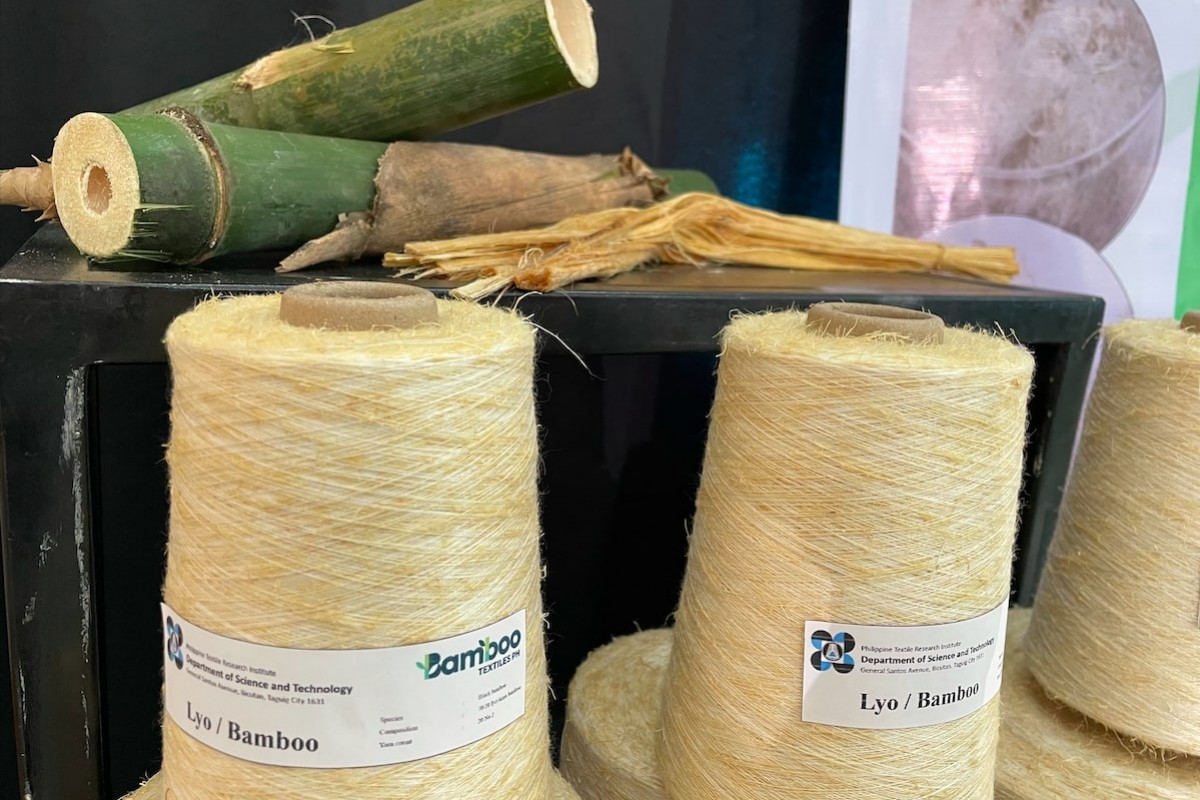In the Philippines, bamboo is often regarded as material for shelter and furniture. For years, it has always been known that way.
Recently, as a result of the rigorous study of the Department of Science and Technology – Philippine Textile Research Institute, (DOST-PTRI) from common hard applications, bamboo was discovered to have been a good source of fiber perfect for wearable textiles.
Bamboo Textiles.
Unlike the “bamboo clothes” already available in the market which had undergone various chemical conversion processes and bamboo components can no longer be determined, the bamboo textile fibers founded by the DOST PTRI are authentic, green, and sustainable.
Fabrics made of bamboo are soft, anti-bacterial, and breathable.
Bamboo textile is a perfect package of quality and responsibility.
Philippines as a tropical country, DOST PTRI noted that bamboo is abundant in our local communities which can guarantee its sustainability.
It can also be easily grown by folks in the locality and does not require pesticides to grow better.
Among the 12 species examined and verified are the Kawayan Tineg, Bolo, Yellow Bamboo, and Giant Bamboo.
Not only the main product is green, but as well as the process of production and the by-products.
Fiber Extraction.
The process of fiber extraction itself is environmentally safe as the machine used was also invented and developed by the DOST PTRI and was funded by the Philippine Council for Agriculture, Aquatic, and Natural Resources Research and Development.
Research shows that bamboo has a higher fiber recovery compared to others, yielding at least 30 to 50 percent.
Some 100kgs of poles can produce 35kgs of fibers.
In preference, bamboo poles must be not more than two-year old.
Contemporary Philippine Textile.
The bamboo textile fiber is an addition to the roster of local raw materials in the weaving industry of the country such as cotton, pineapple, abaca, and silk.
In support of our local textile industry and the promotion of such, Republic Act No. 9242 or the Philippine Tropical Fabric Law was signed by former President Gloria Macapagal-Arroyo on Feb.10, 2004.
The law prescribes the use of local fabrics for uniforms of government officials and employees, or other fabric used in government offices.
Let us help promote the bamboo textile for a more beautiful and greener Philippines!



